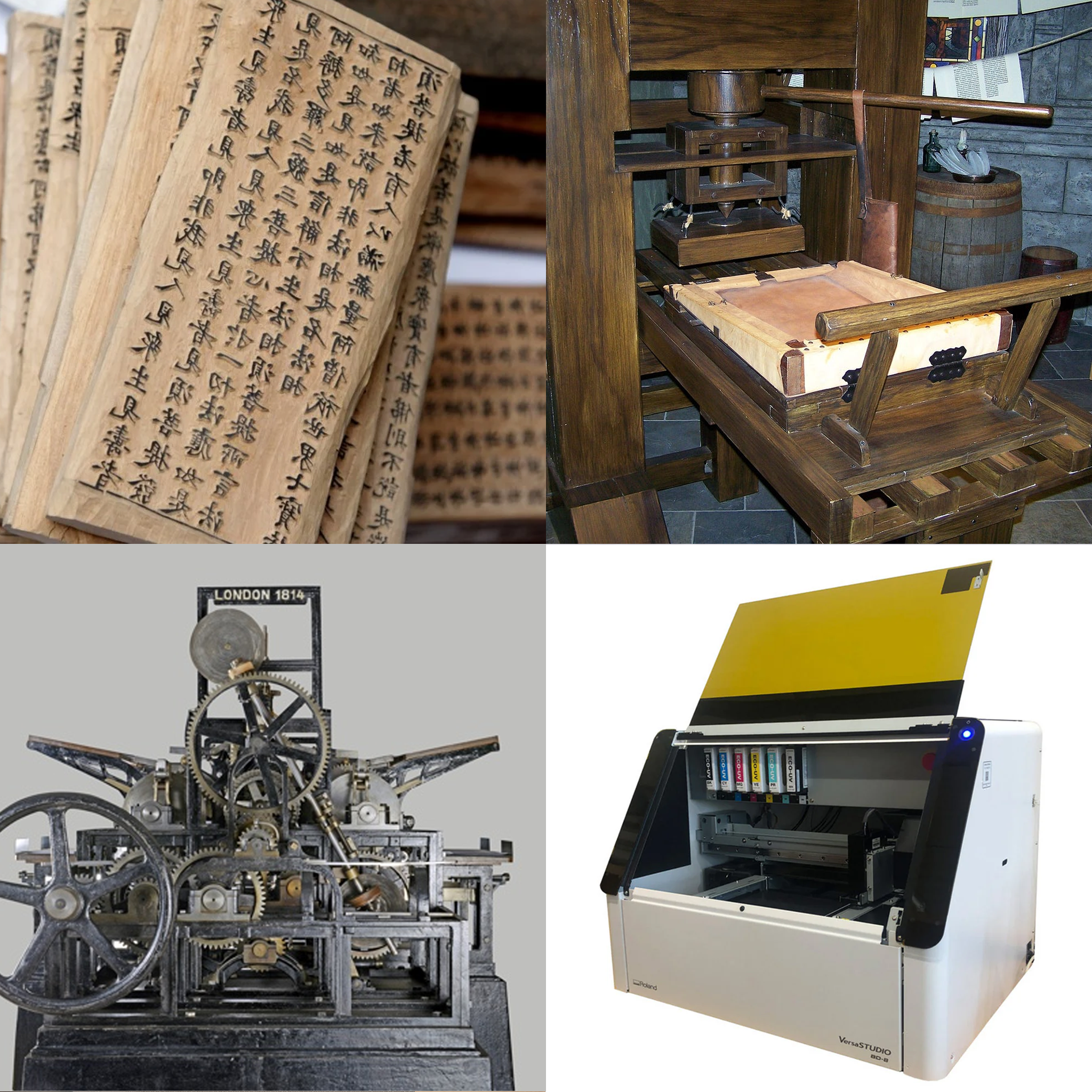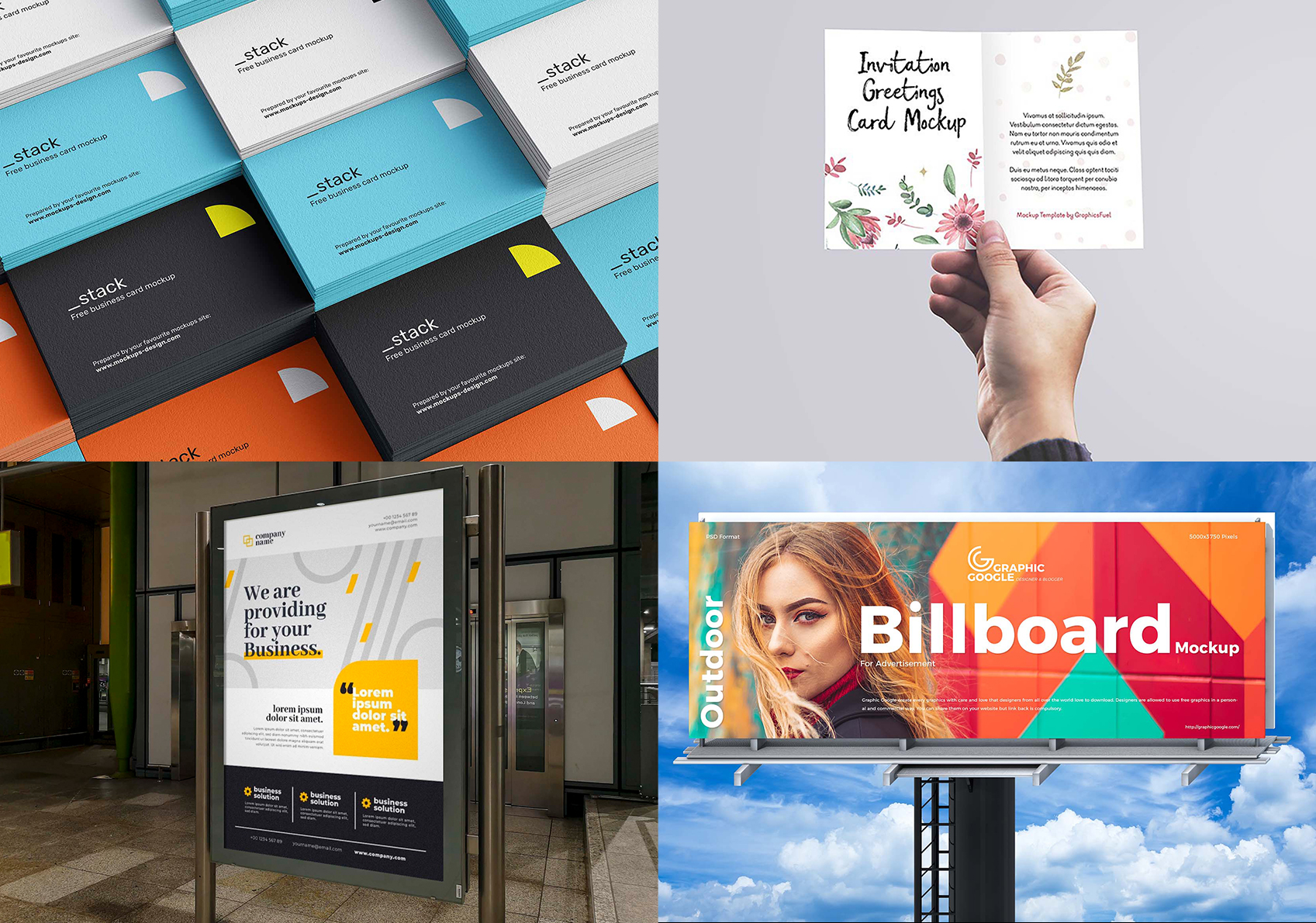Tag: offset printing
The Evolution of Printing
Printing has played a pivotal role in shaping civilization, from disseminating religious texts to mass producing educational materials, packaging, advertising, and creative expression. Its evolution spans thousands of years, adapting to changing needs, technologies, and cultural shifts. Understanding the history and development of printing helps us appreciate how deeply embedded it is in the progress of human communication and technological innovation.
Early Beginnings: Pre-Mechanical Printing
The story of printing begins long before machines were invented. As early as 3000 BCE, ancient Mesopotamians used carved stamps and cylinder seals to imprint symbols onto clay tablets. In China, around 200 CE, woodblock printing emerged—one of the earliest known methods of transferring ink to fabric and paper. Artisans would carve entire pages of text or illustrations onto wooden blocks, ink them, and press them onto a surface.
By the 8th century, woodblock printing spread to other parts of Asia. In 868 CE, the Diamond Sutra, printed in China, became the oldest known printed book using this technique. While labour-intensive, woodblock printing was instrumental in preserving religious and literary works.
The Printing Revolution: Gutenberg’s Press
The most transformative moment in printing history came in the mid-15th century with the invention of the movable-type printing press by Johannes Gutenberg in Germany. Around 1440, Gutenberg developed a system of cast metal movable type, oil-based ink, and a mechanical press. This innovation allowed for the rapid, repeatable production of texts, drastically reducing the cost and time required to produce books.
Gutenberg’s 42-line Bible, printed around 1455, marked the beginning of the Printing Revolution. It democratized knowledge, enabling the spread of scientific, political, and religious ideas across Europe. The invention is widely credited with fueling the Renaissance, the Reformation, and the Scientific Revolution.
Growth and Diversification: 16th–19th Centuries
In the centuries following Gutenberg’s press, printing technology spread rapidly. By the 1500s, printing presses were established throughout Europe, leading to a boom in book production and literacy.
The 17th and 18th centuries saw improvements in typesetting, press design, and ink formulation. By the early 1800s, the steam-powered press, developed by Friedrich Koenig, revolutionized printing once again. It significantly increased production speed, making newspapers and periodicals more widely accessible.
In 1870, offset lithography was introduced. This technique, which involves transferring an inked image from a plate to a rubber blanket and then to the printing surface, provided a cleaner, more efficient way to reproduce images and text on various materials.
The Digital Age: 20th Century Advancements
The 20th century marked a dramatic shift in printing technology with the introduction of digital printing. Technologies like laser printing, inkjet printing, and electrophotography (used in photocopiers and laser printers) emerged, offering faster and more affordable solutions for small and large-scale printing.
One breakthrough was the development of desktop publishing in the 1980s. This enabled individuals and small businesses to design and print materials like brochures, flyers, and newsletters using personal computers and software. Printers became more compact and affordable, making printing more accessible than ever.
At the same time, offset printing remained dominant for high-volume print jobs such as newspapers, books, and packaging. Innovations in automation and prepress technologies further streamlined the process.
Large Format and Specialized Printing
Another leap came with the rise of large-format printing, which allowed for the production of banners, posters, vehicle wraps, and signage. This segment became crucial for industries such as advertising, architecture, and retail.
Specialized printing techniques like screen printing, flexography, gravure, and dye-sublimation emerged to meet diverse commercial and industrial needs—from printing on fabrics and plastics to high-quality art reproductions.
In more recent years, direct-to-garment (DTG) and direct-to-film (DTF) printing methods have transformed apparel customization, while 3D printing introduced a new paradigm, creating physical objects layer by layer using digital models.
Printing in the Modern World
Today, printing exists at the intersection of analog and digital. While digital media has reduced the demand for certain types of printed materials (like newspapers), it has also driven demand for high-quality, custom, and short-run prints in areas like packaging, art, marketing, and promotional goods.
Modern printers now support on-demand printing, reducing waste and storage costs. Cloud-based and wireless connectivity has further increased convenience and accessibility. Sustainable printing practices, such as soy-based inks, recycled paper, and energy-efficient machinery, are being adopted to address environmental concerns.
From carved wooden blocks to high-speed digital presses, the evolution of printing has been nothing short of revolutionary. Each advancement has made it easier for people to share ideas, tell stories, and conduct business across distances and generations. Today, printing continues to adapt to the changing needs of industries, combining precision, speed, and creativity to serve a digital-savvy world. As printing technology continues to evolve, its role in communication, commerce, and culture remains as vital as ever.
Are you ready to harness the power of modern printing for your business? Embrace the endless possibilities that advanced printing technologies offer, and take your brand to new heights with captivating visuals and impactful messages. Whether you’re looking to enhance your marketing materials, create stunning promotional items, or showcase your creativity through custom designs, modern printing can be your gateway to success. Contact us today to explore our range of state-of-the-art printing solutions and see how we can elevate your business to the next level. Let’s embark on a journey of innovation together and make your brand stand out in the modern printing landscape!




















